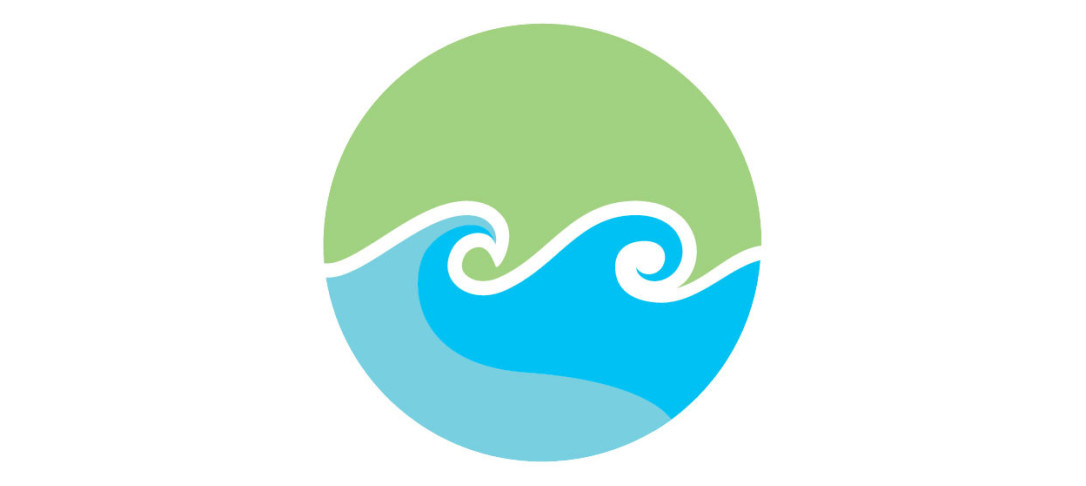
Abstract: Coastal processes have historically attracted engineering and scientific attention due to their influence on the natural and built environment. Despite the many significant advancements in the description of wave evolution in the coastal zone, there still remain considerable challenges to be addressed. These include improving the modelling of the statistical distributions of crest heights and wave heights, as well as understanding the processes that lead to the formation of extreme waves and their propagation over coastal bathymetry. This research aims to address this by providing physical insights into the key competing mechanisms of nonlinear amplification due to wave interactions, and energy dissipation due to wave breaking. To investigate this, a thorough experimental campaign was designed to isolate the contributions of individual parameters, such as the incident wave steepness, effective water depth and seabed slope. These are conducted using realistic random wave conditions, which capture the stochastic nature of water waves. A sufficiently large number of repetitions is realised for each sea-state, with the aim to minimise statistical uncertainty and investigate extreme events. The waves are allowed to propagate over the coastal bathymetry, while being sampled using a densely-packed array of wave gauges. In this talk, I will explain how we use this fine resolution in spatio-temporal measurements, combined with an efficient wave tracking algorithm and a novel sea-state correlation technique, and coupled with numerical simulations to obtain insights into the propagation of waves in storms of varying severity, water depth and bathymetric configuration.